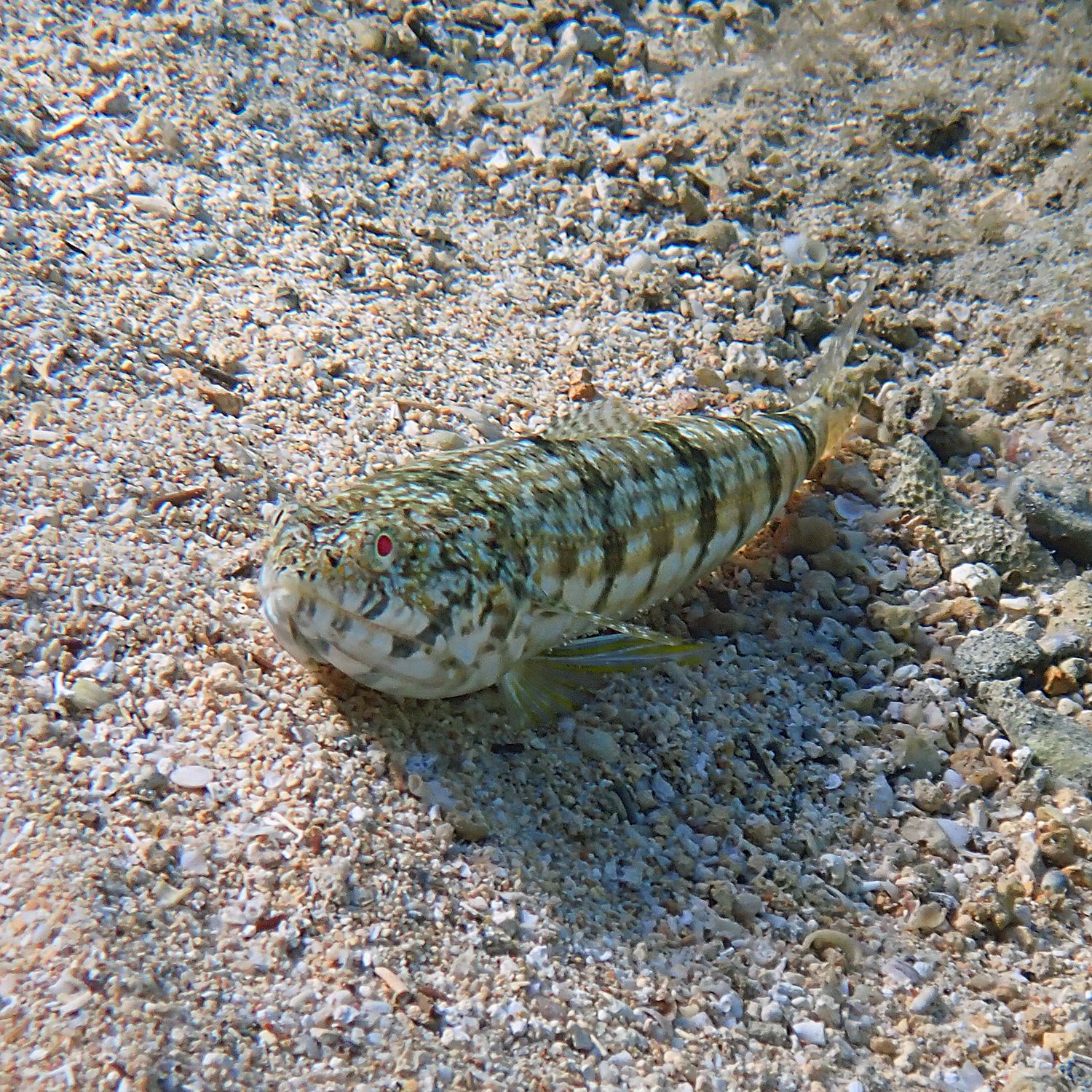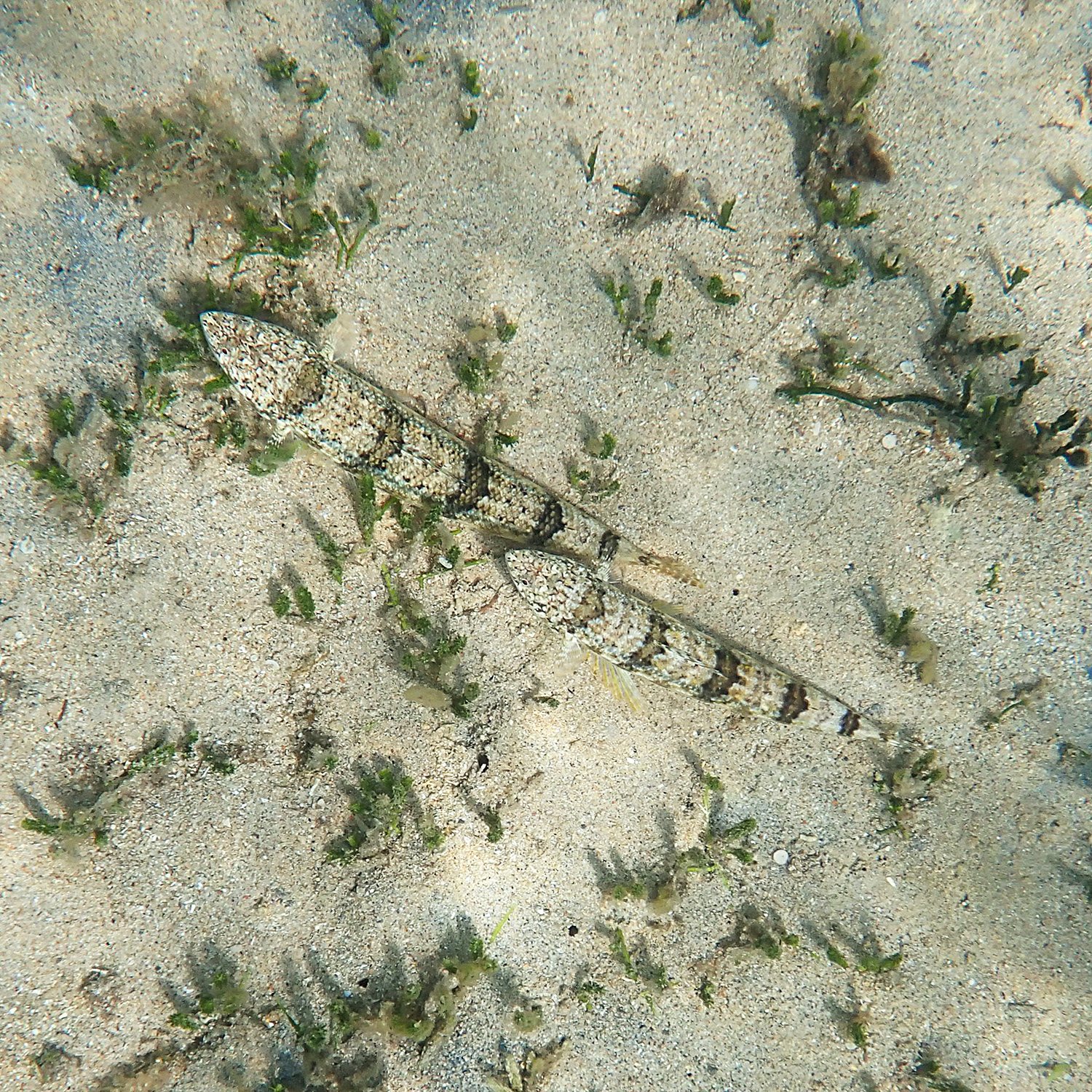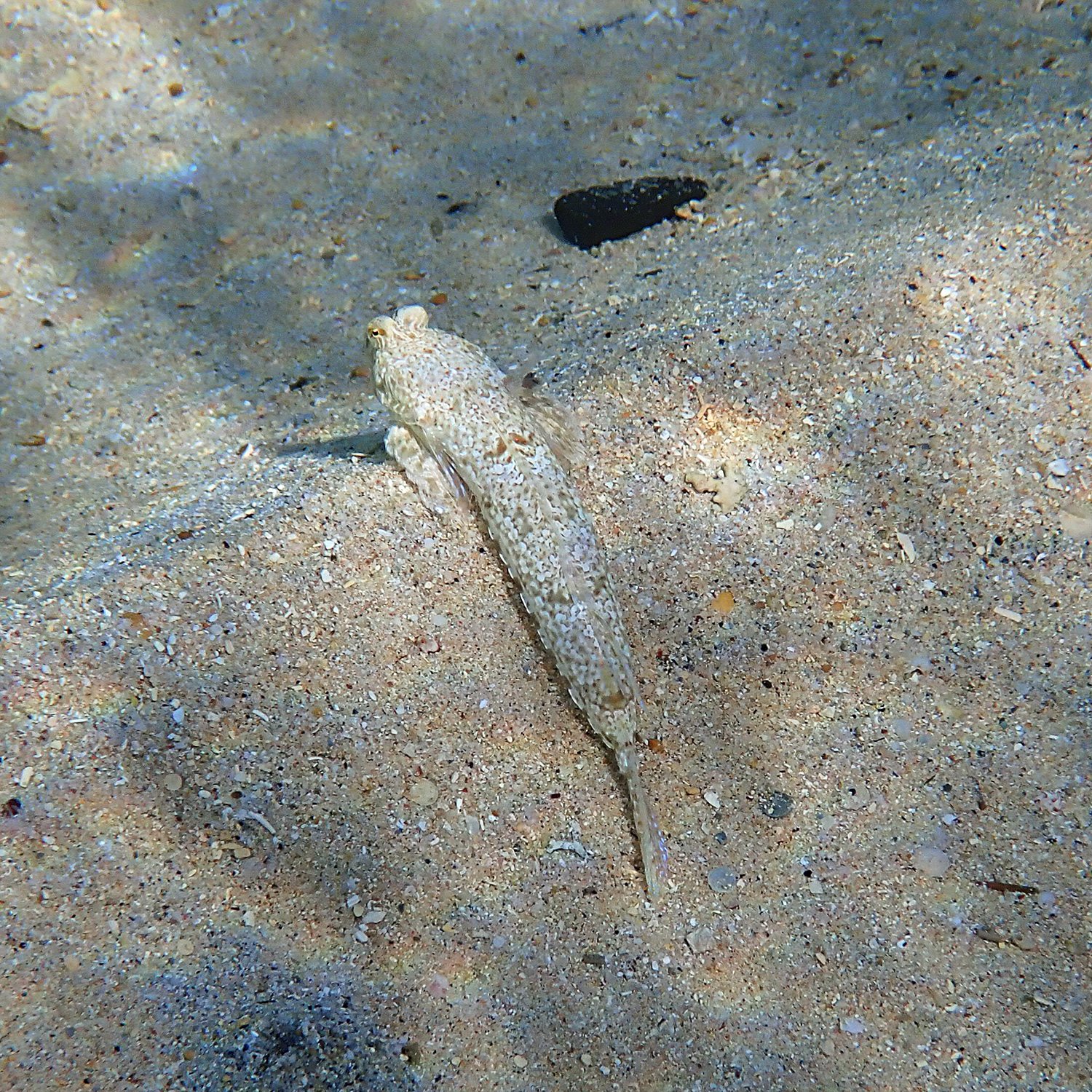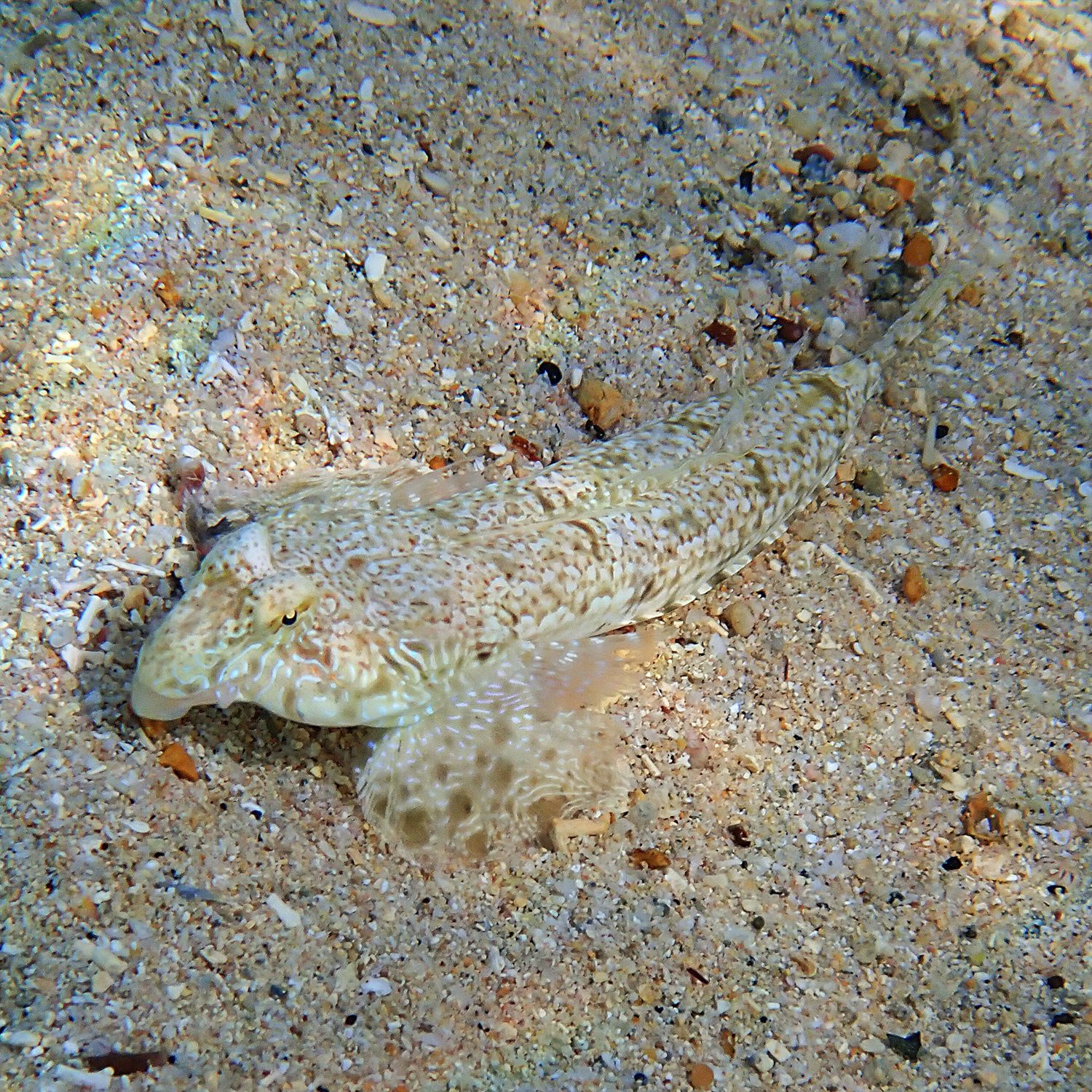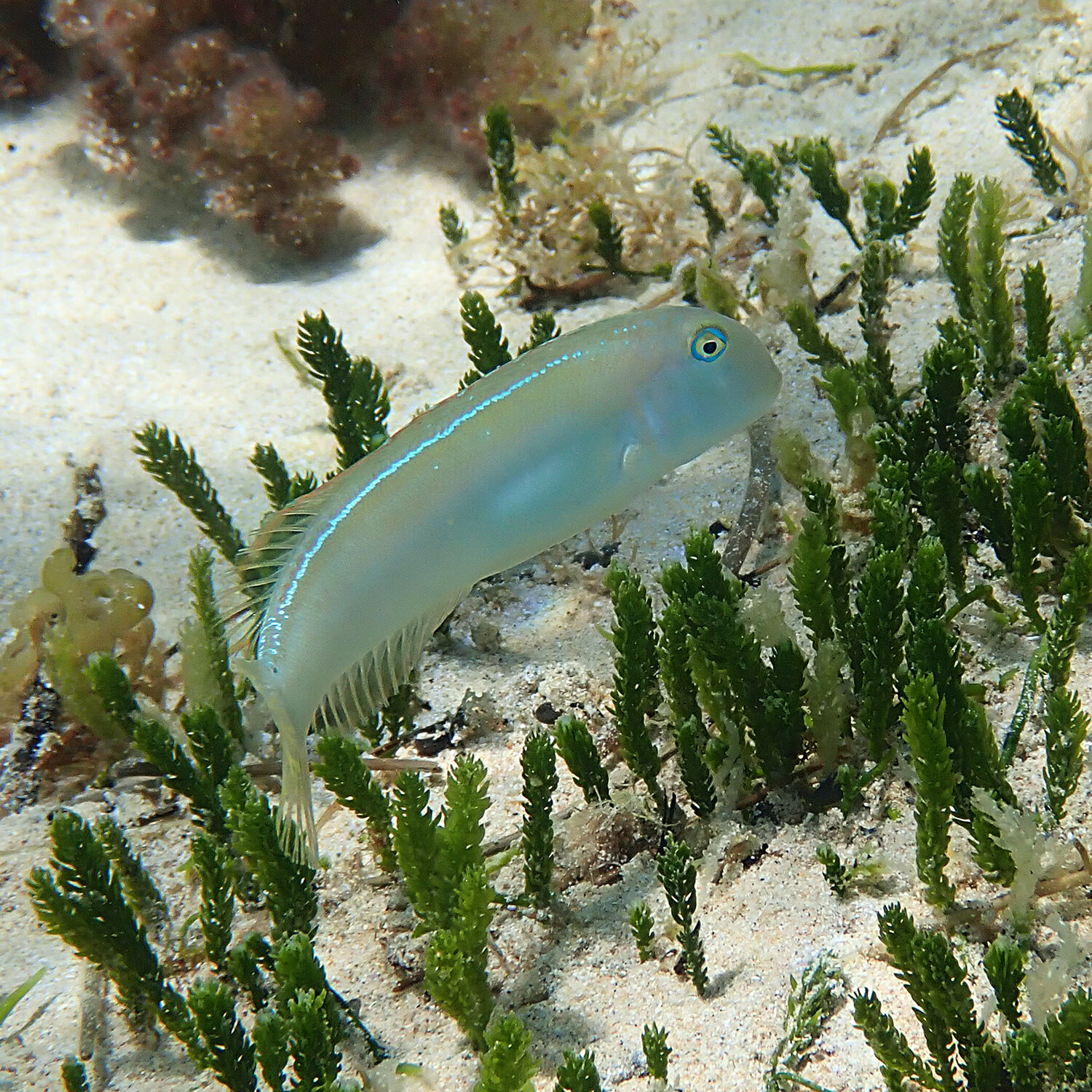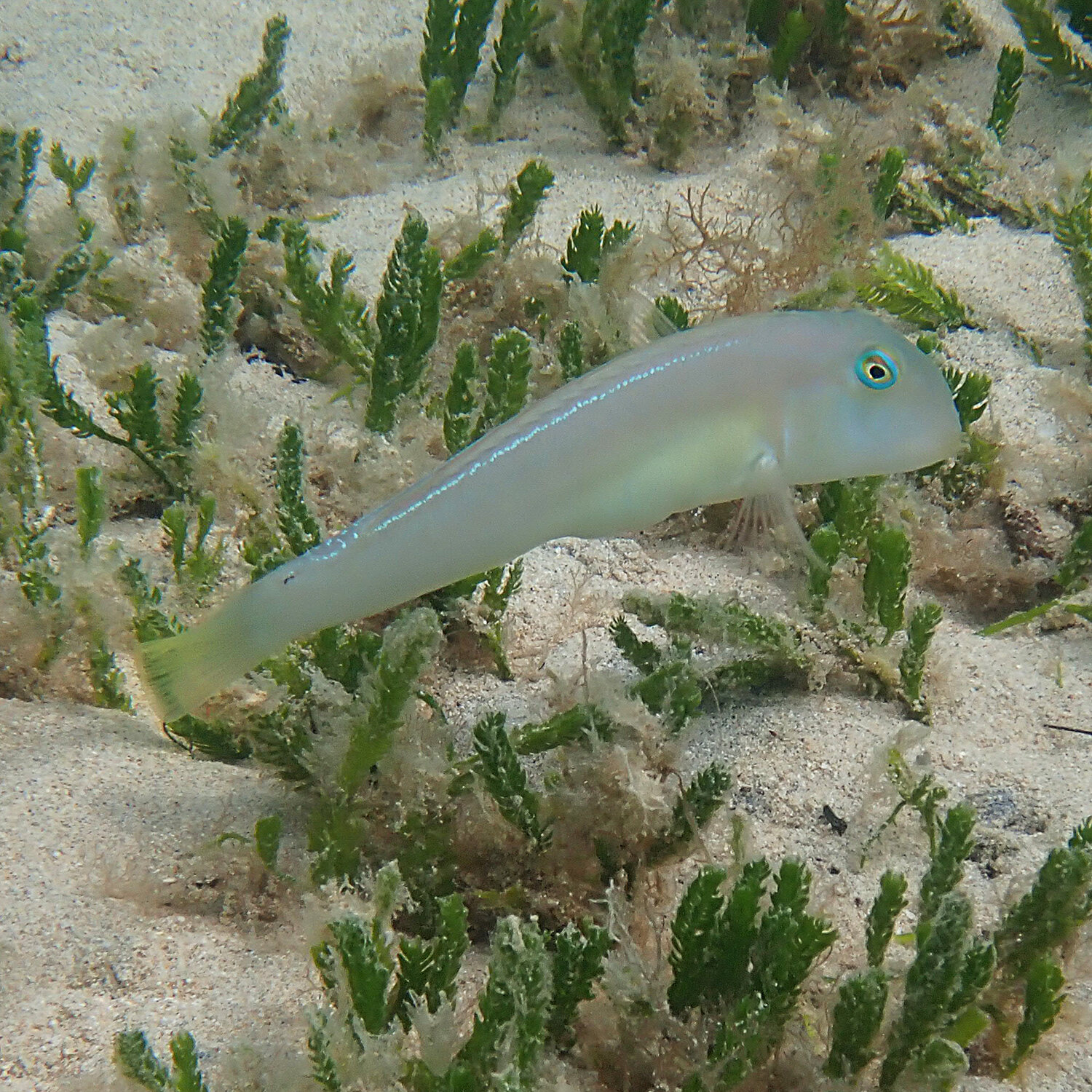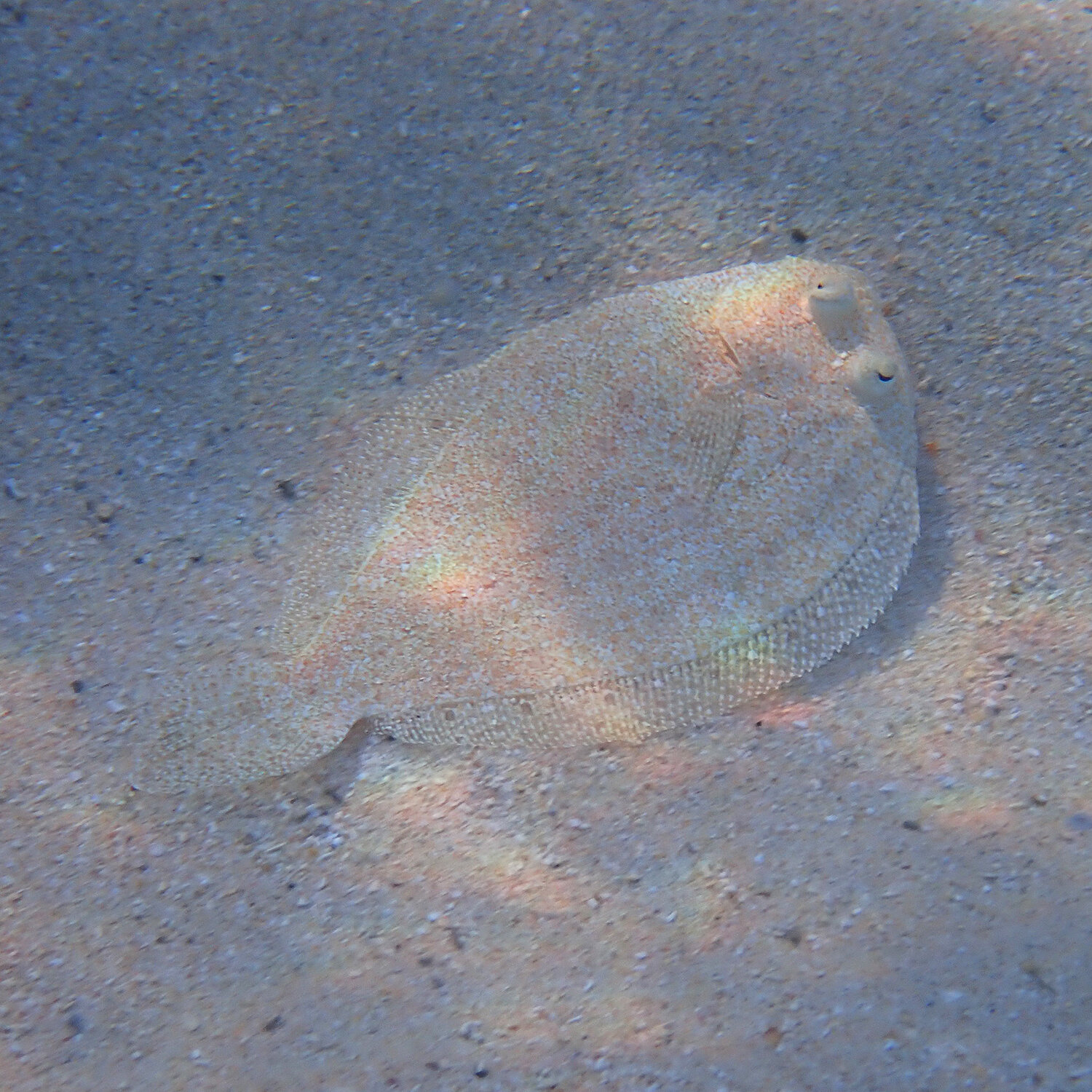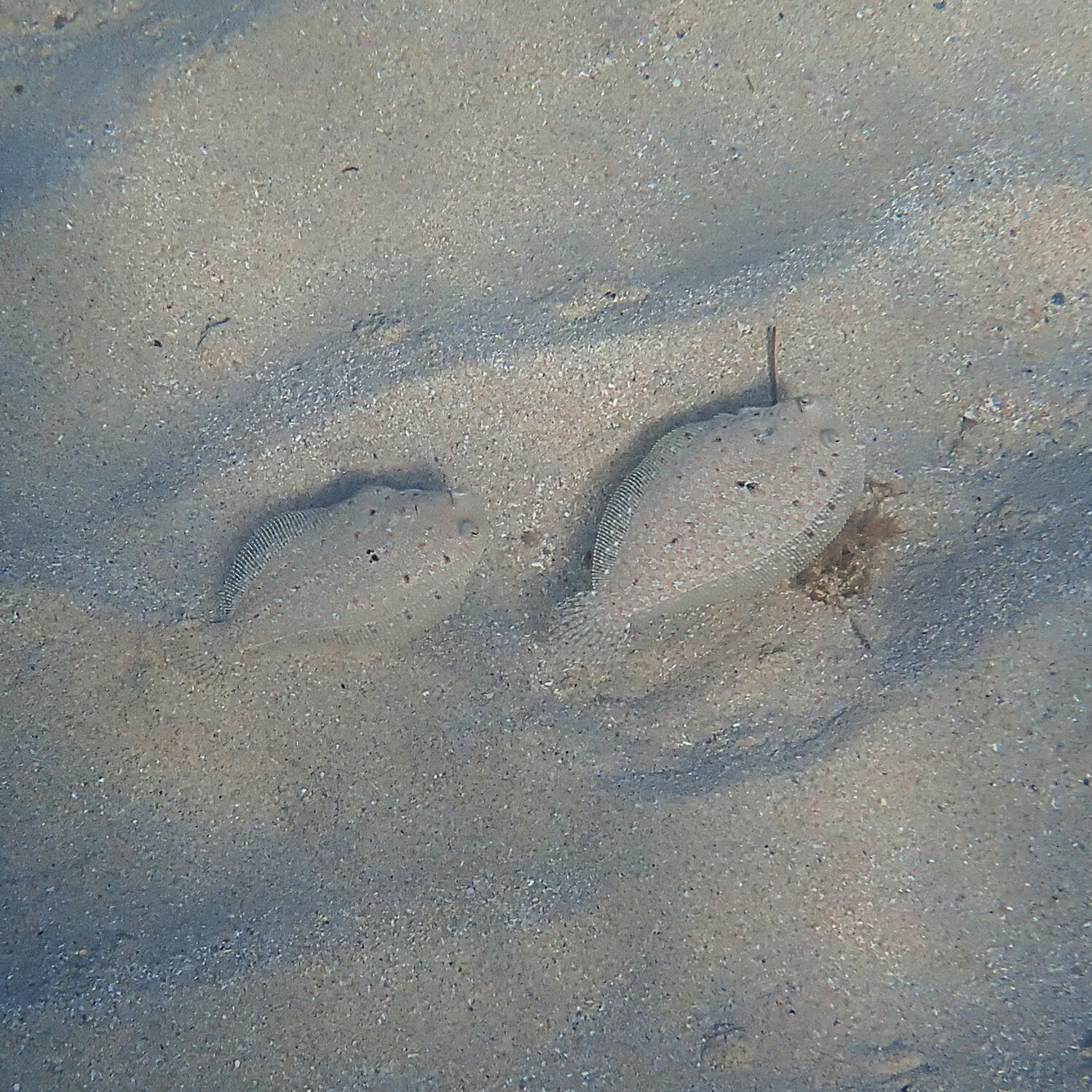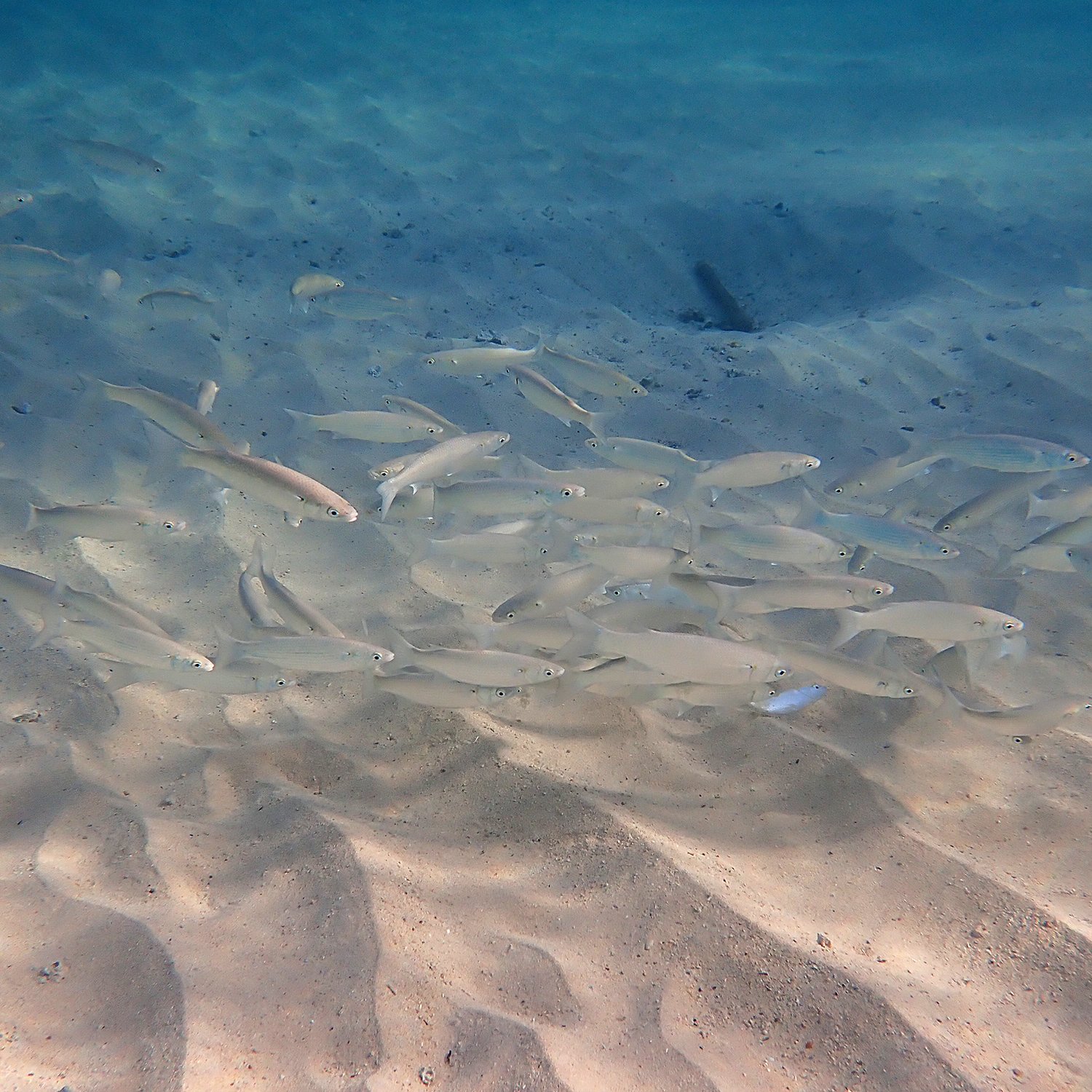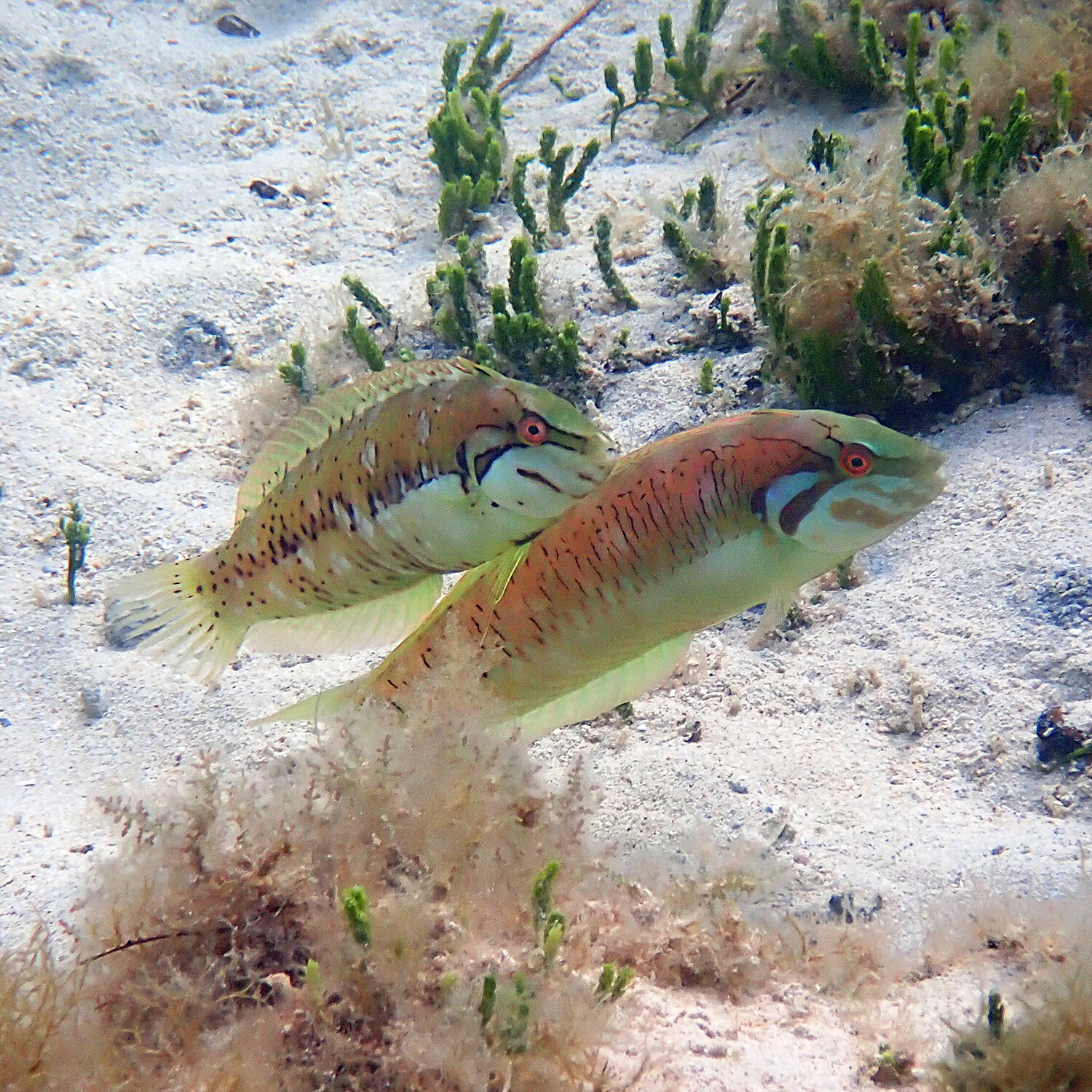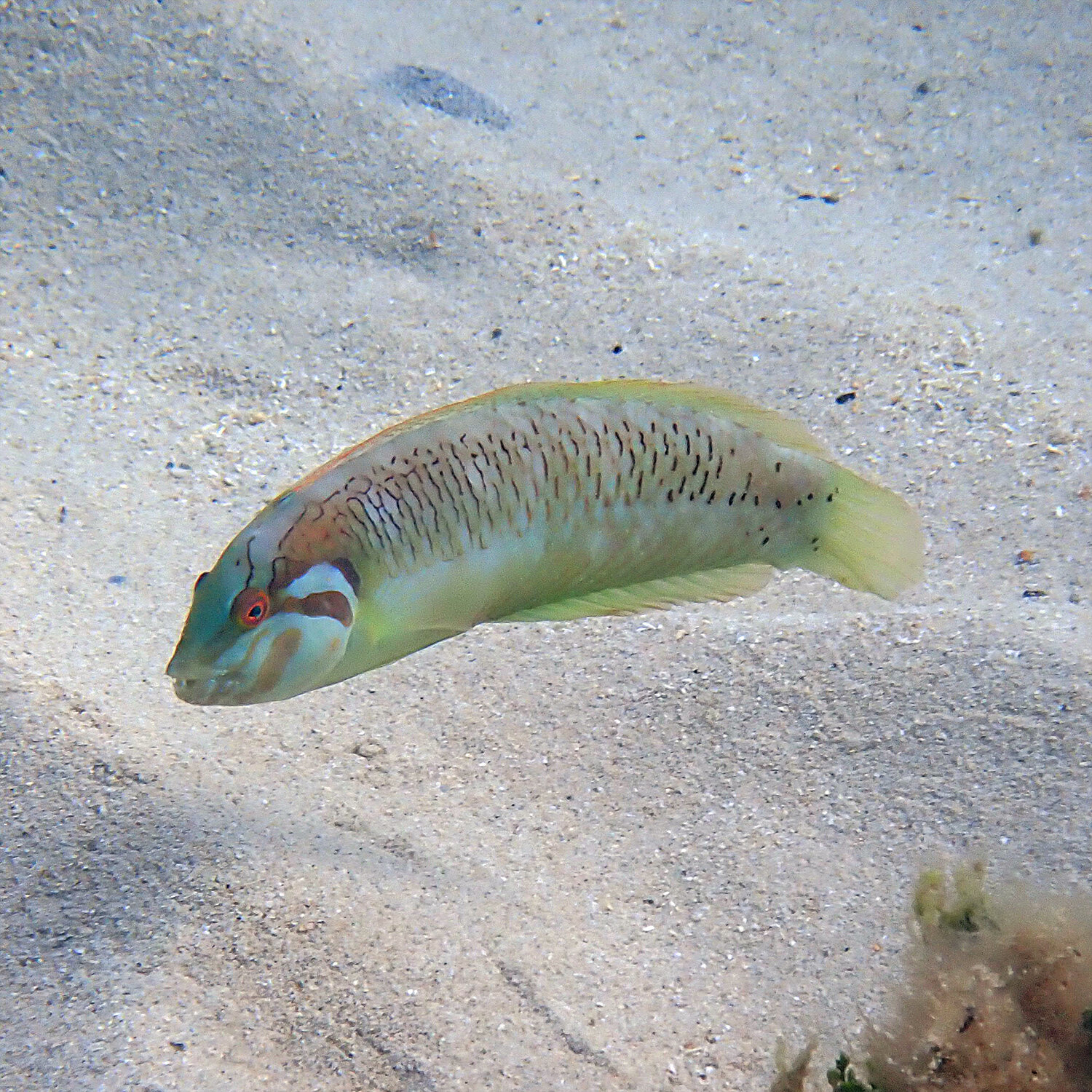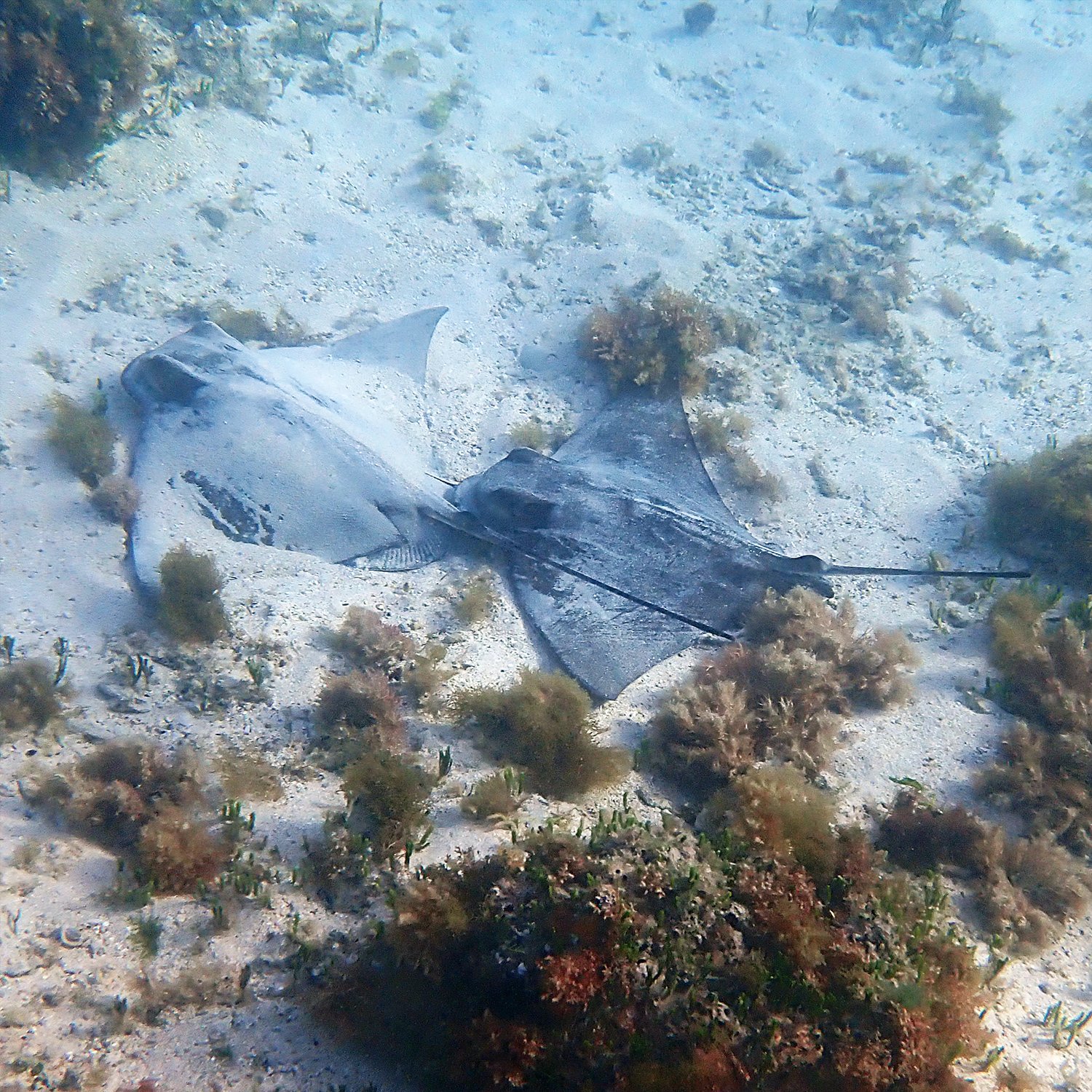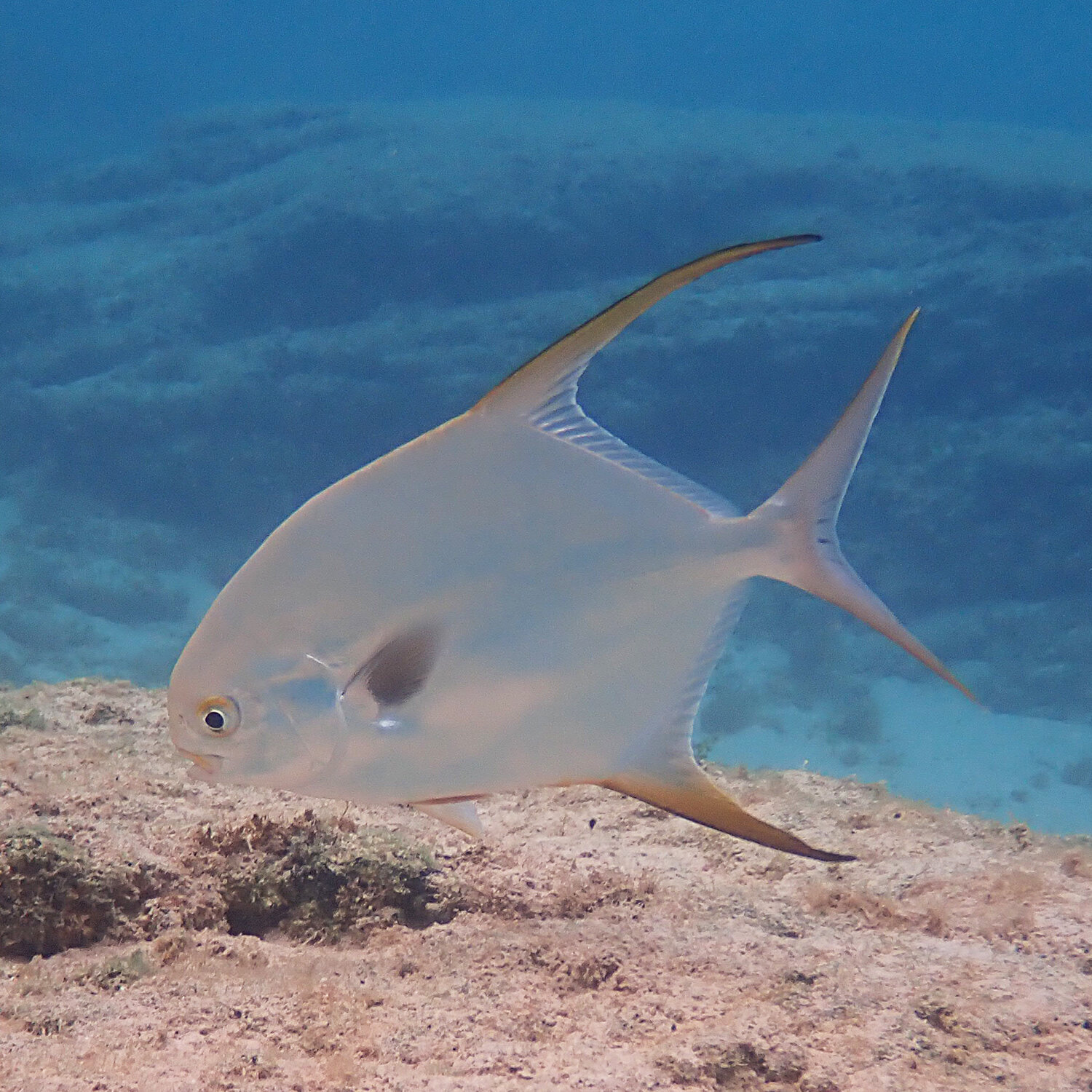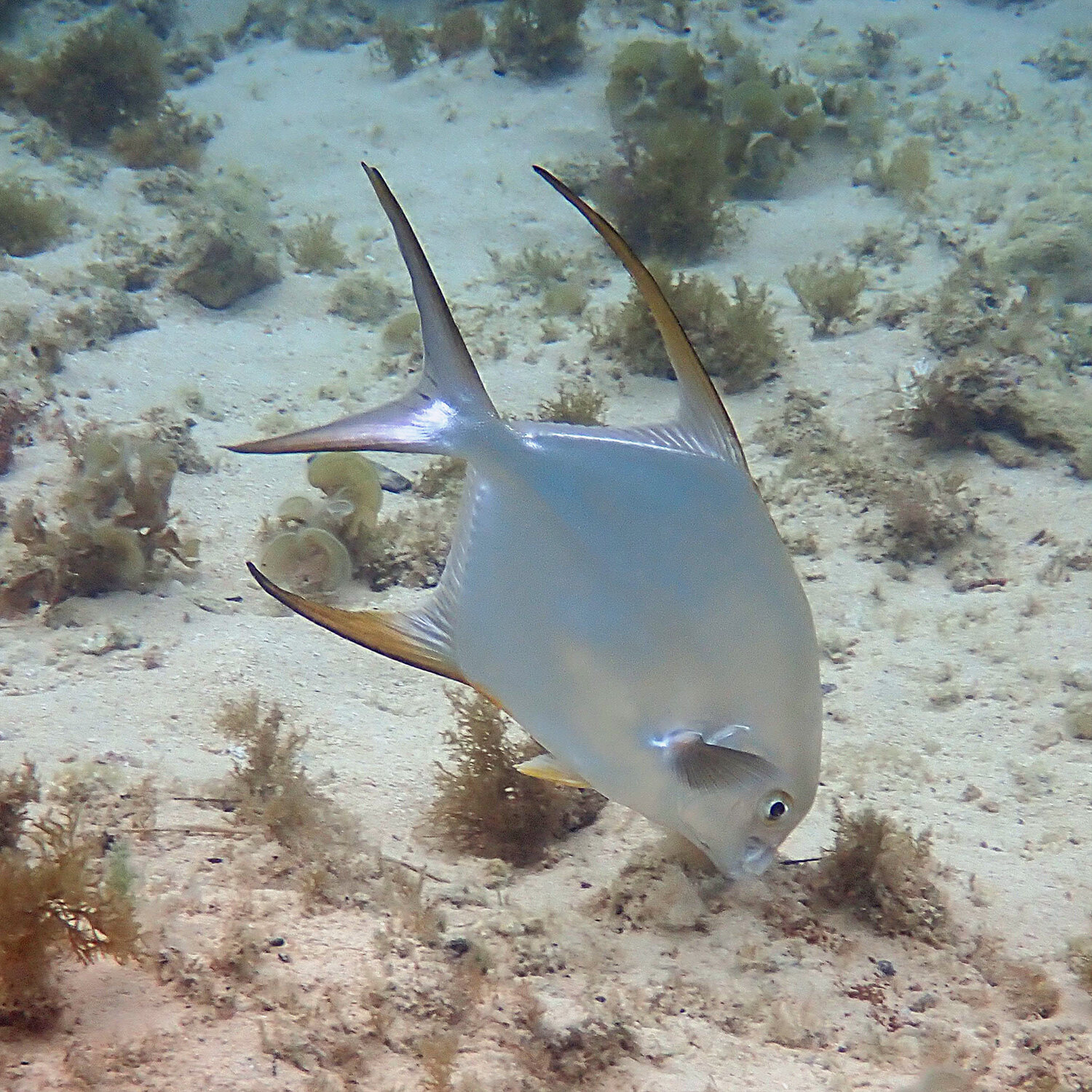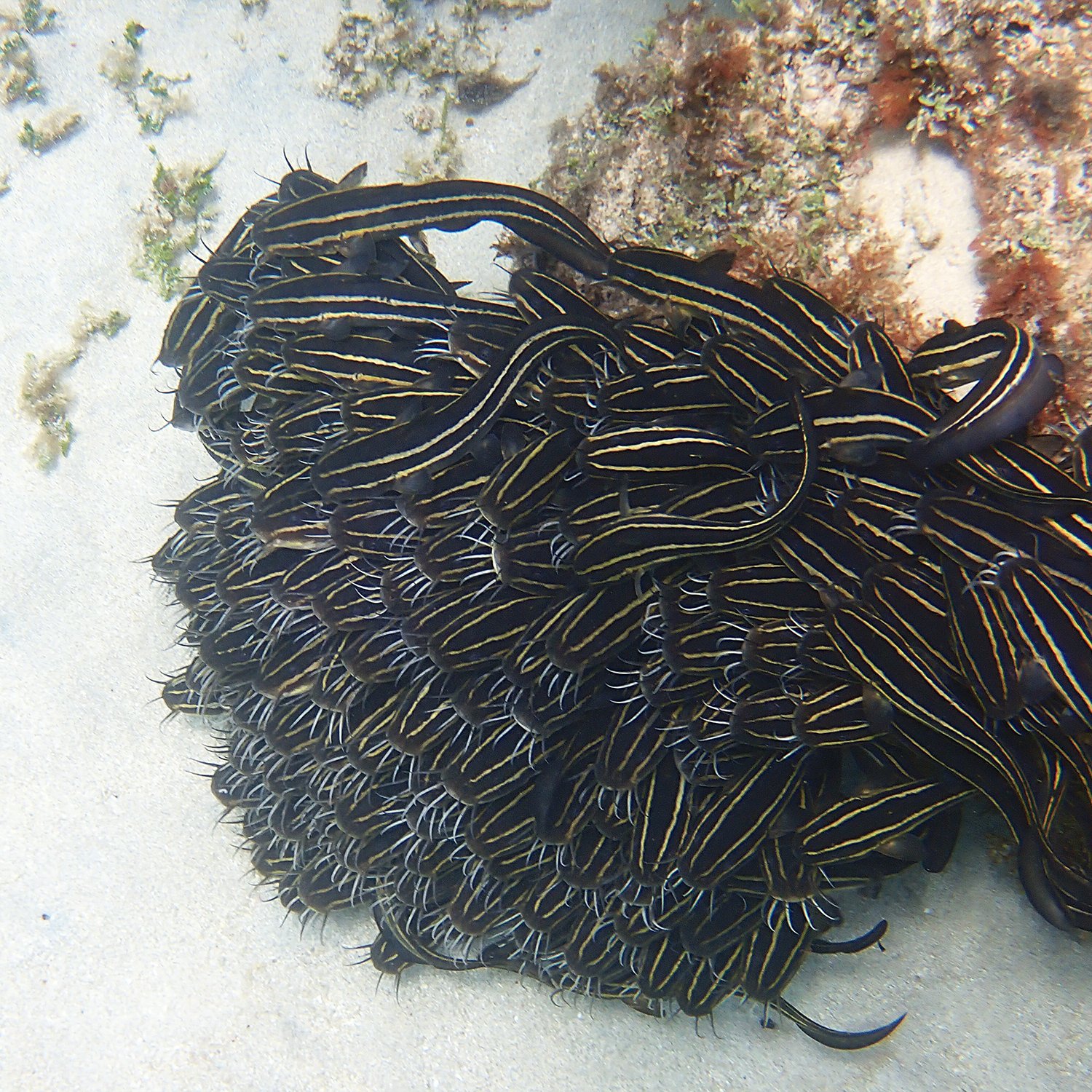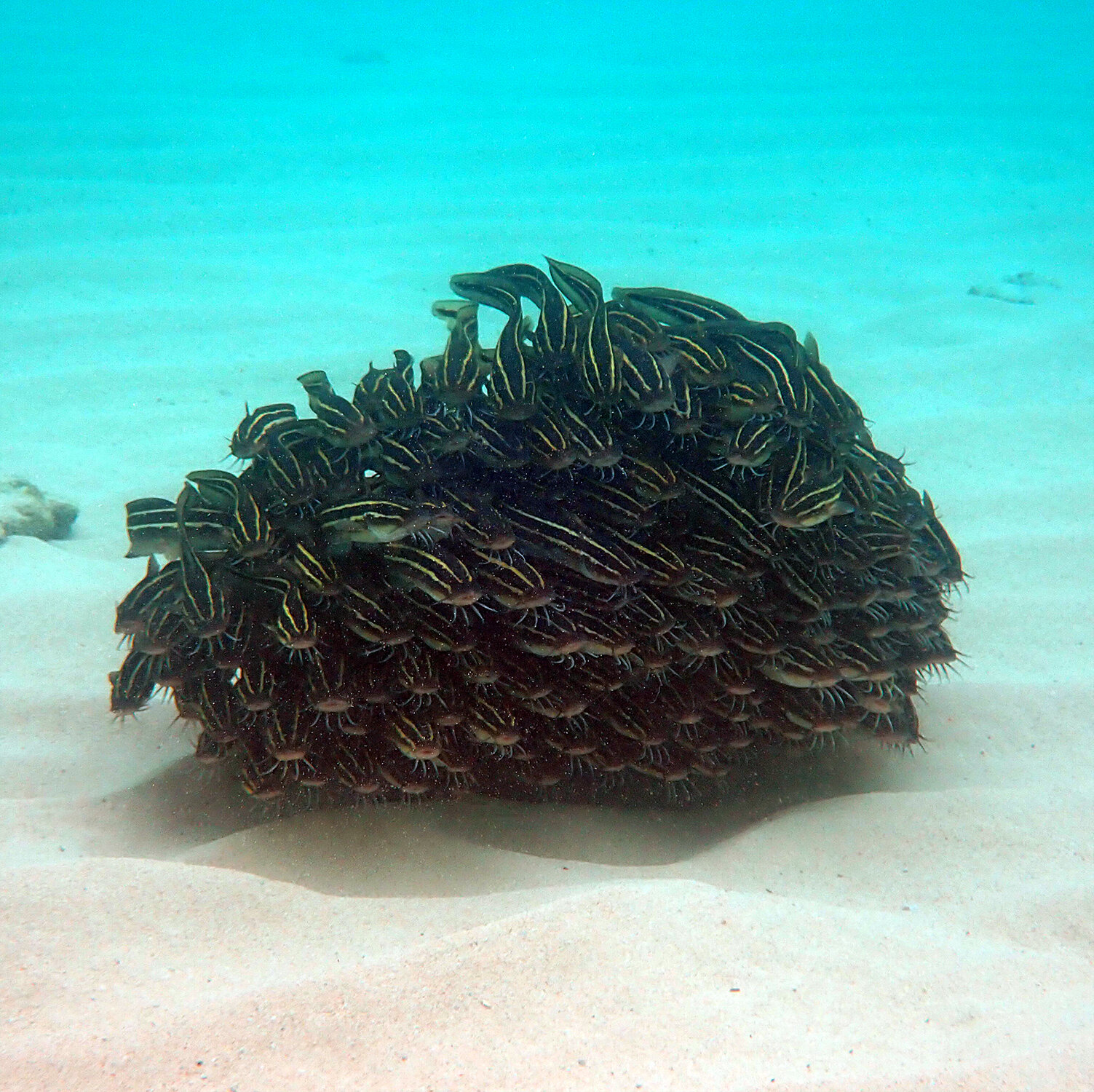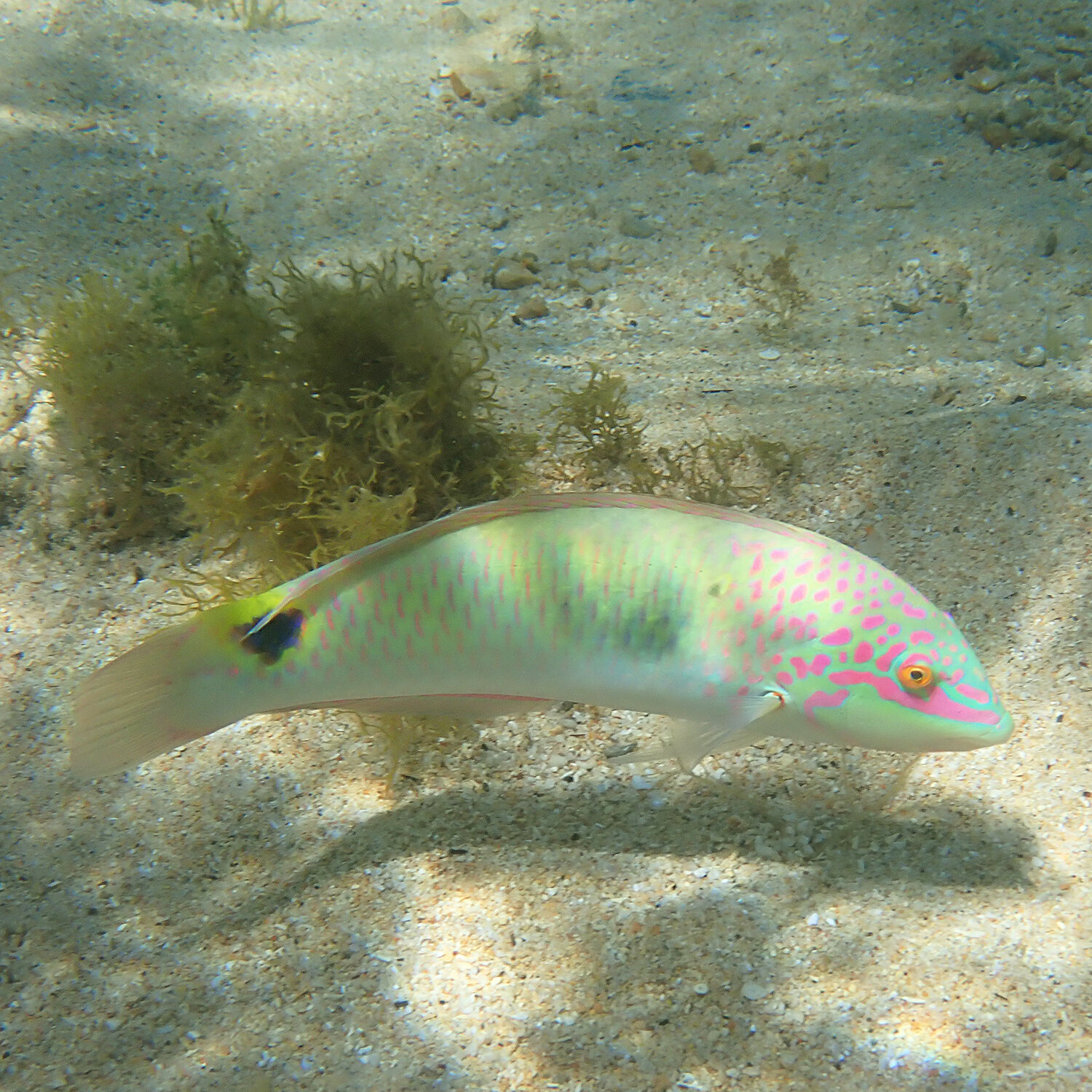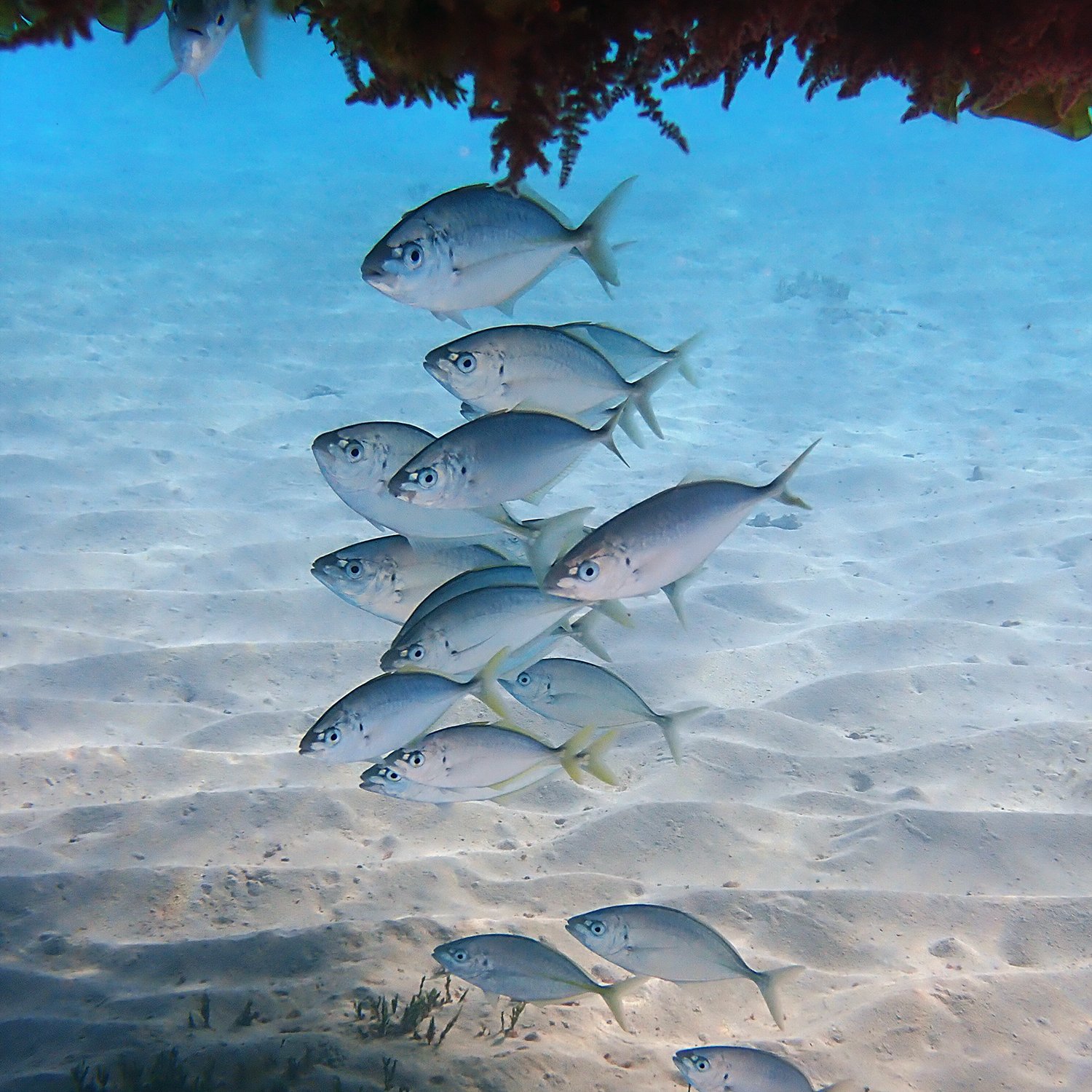DAY 20 – MARCH FOCUS ON NORFOLK ISLAND’S REEF
One of the World War II-era concret blocks used for anchoring
Looking across Emily Bay, do you wonder what is there beneath the waves?
The bay is fringed by an arc of soft pale-yellow sand. On any given day, whatever the weather, the blue of the sea is stunning, a happy combination of the effects of its sandy bottom reflecting our Norfolk Island skies overhead.
Many swimmers don’t venture beyond the confines of the bay, so although this is not strictly part of Norfolk Island’s reef, it is part of the one continuous ecosystem; therefore, I thought it was worth a post showing you what you can see at your feet as you wade into the shallows.
Around the bay there are some small, isolated coral bommies, and a few concrete boulders, for anchoring the raft and, formerly, small boats. These concrete cubes are there courtesy of World War II, when they were installed during the building the airstrip. But other than that there appears to be very little else in Emily Bay at first blush.
How wrong we can be. Even though it looks empty, there’s a lot going on, so much so that I’ve only got room for a few examples.
You will notice that the colours of the fish in here are generally more muted that the critters that inhabit the reef.
Common Sydney octopus, Octopus tetricus
An occasional visitor is the octopus. When I waded in one morning, I popped on my mask and ducked under the waves, and right there in the shallows next to me was this guy!
Banded lizardfish, Synodus dermatogenys
Many of these lizardfish look similar, but I believe these are the banded ones. These fish will lie very still above the sand waiting to pounce on passing fish, but will quickly burrow under the sand when disturbed. I’ve seen one swallow a fish almost as big as it is!
Goram dragonet, Diplogrammus goramensis
Look carefully at the sand beneath your feet, because these tiny little guys often are there hiding in plain sight, just waiting for small invertebrates to pass by to snack on.
Knife wrasse, Cymolutes praetextatus
Solitary, with a pearly opalescence and blue eyes, these small fish are quiet, unassuming types, never aggressive, just getting on with life in their own sweet time. I love them!
Lefteye flounder, Family Bothidae
Masters of disguise, these flatfish are a rare sight during daylight hours. They look quite different to the other flatfish we get, the leopard flounder (see below).
Leopard flounder, Bothus pantherinus
Someone once described these fish as looking like they were a pair of grandma’s old curtains, and I can see exactly why. Like their cousins, above, they are more active at night, but you will ocasionally see them during the day as well.
Sand mullet, Myxus elongatus
Again, right in the shallow waters, in the intertidal zone, another common visitor are the schools of sand mullet that snuffle through the sand looking for morsels to eat. This snuffling behaviour means they are vulnerable to getting plastic rings (from juice bottles, for example) flipping up and over and getting stuck around their heads. It is a reminder that is so important to snip those rings. Better still, I wish packaging companies would do away with this design altogether.
Seagrass wrasse, Novaculoides macrolepidotus
These guys come and go, but when they are present they like to hide in small patches of weed.
Southern eagle ray, Myliobatis tenuicaudatus
Southern eagle rays can sometimes be seen in the bay; their graceful swimming motion is a sight to behold. I was lucky enough to see a pair mating one morning.
Snubnosed dart, Trachinotus blochii
These are infrequent, but very welcome visitors. There is usally a pair of them, but in July and August 2021 we had a very large male join them inside the lagoons. And just this last week I saw a lone juvenile hanging out in the shallows of Emily Bay. I talk about these visitors in another post in my March focus, A pair and a spare – snubnose darts on Norfolk Island’s reef.
Striped catfish, Plotosus lineatus
The mesmerising movement of the catfish balls as they move around the shallows are a sight to behold. They come and go infrequently, but sometimes you get lucky and see them. These balls are usually made up of young catfish. The ball will break up as they move into pairs to mate and then they disappear from our bays until the next time.
Threespot wrasse, Halichoeres trimaculatus
This is a member of the wrasse family that is more often found in the sandy bottom areas of the lagoon. In particular it loves to flit around in the shallows of Emily Bay, particularly at the Lone Pine end of the beach and the shallows of Slaughter Bay near the steps. The juvenile (on the right) looks very different to the adult.
Trevally, Pseudocaranx sp “dentex”
We get juvenile trevally in the lagoon, often in schools that sweep though, voraciously taking out anything small enough in their way. Their swimming agility and speed is quite something.
Snake eels
This list would be incomplete without the docile and elegant snake eels. Visitors will often be alarmed when they see what they think is a sea snake, but it isn’t one at all. It is an eel.
We have three species, but the two you are likely to see in Emily Bay are the banded snake eel, Leiuranus semicinctus (top two images) and the convict snake eel, Leiuranus versicolor (middle two images). The latter often gets mistaken for the banded snake eel, but as you can see it has a cookie cutter pattern as part of its stripes.
The third species is the pretty ocellate snake eel, Myrichthys maculosus (bottom images). These are the least common of the three.
I discuss these three snake eels in an earlier post on this blog, Banded, convict and spotted snake eels – know the difference.



